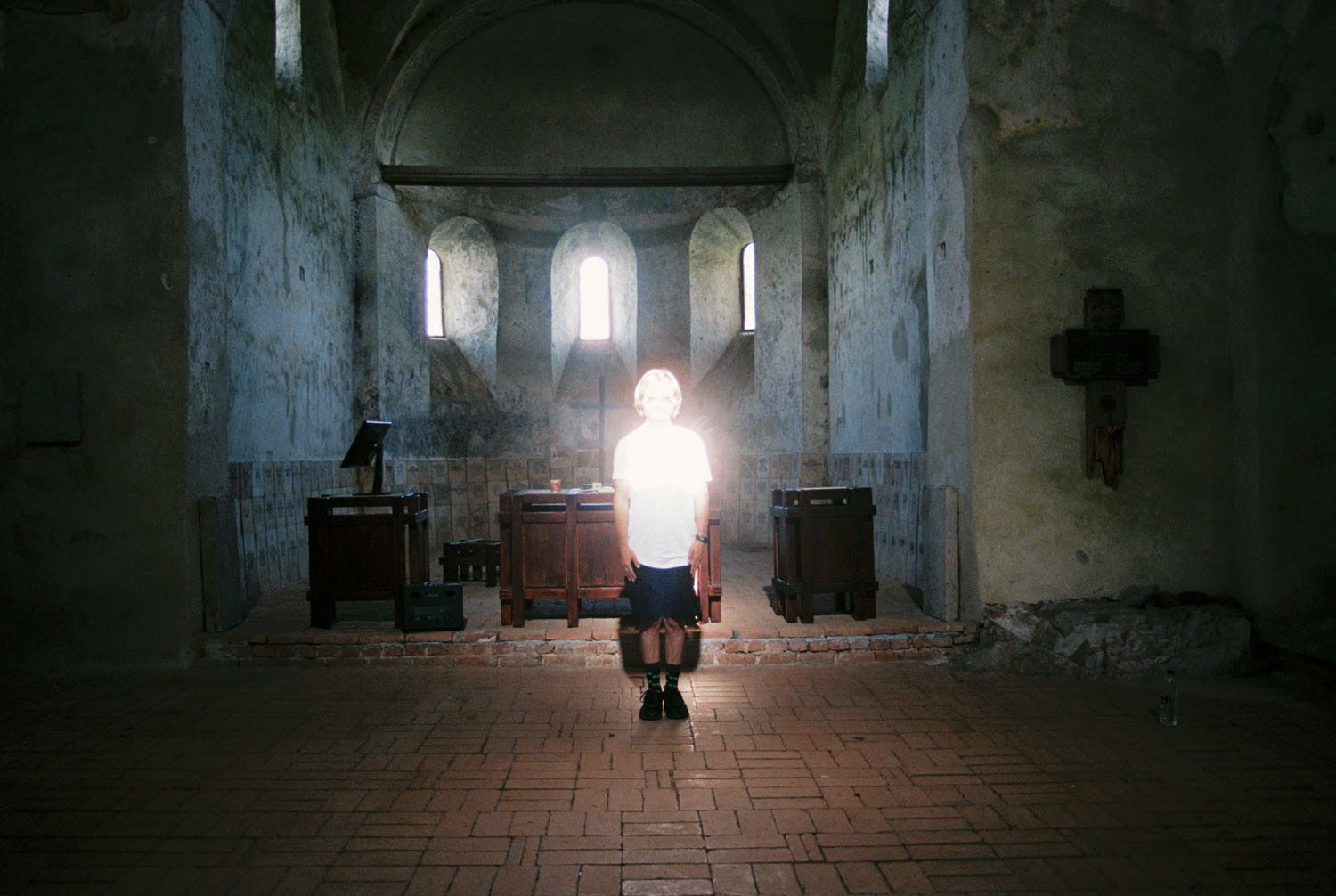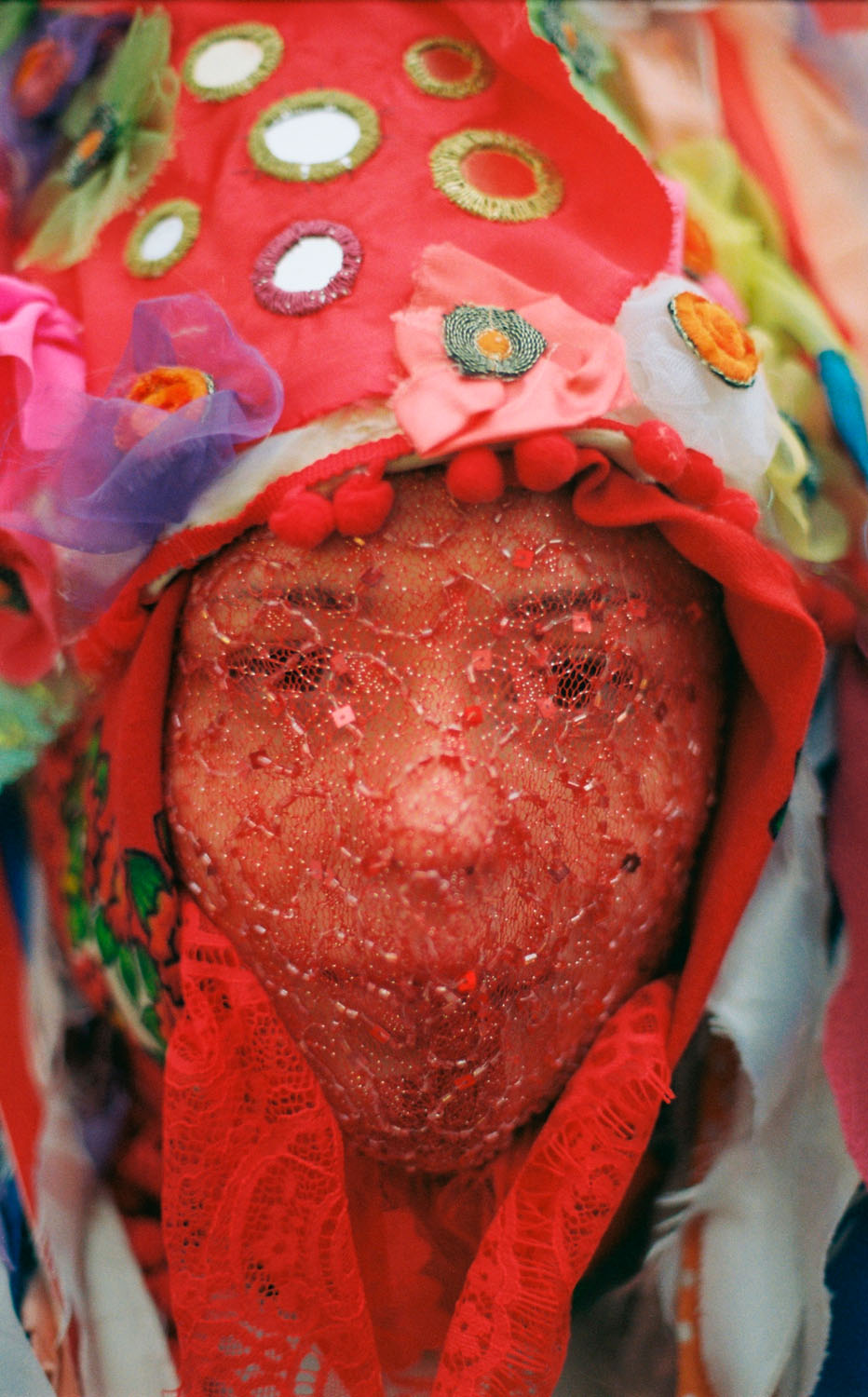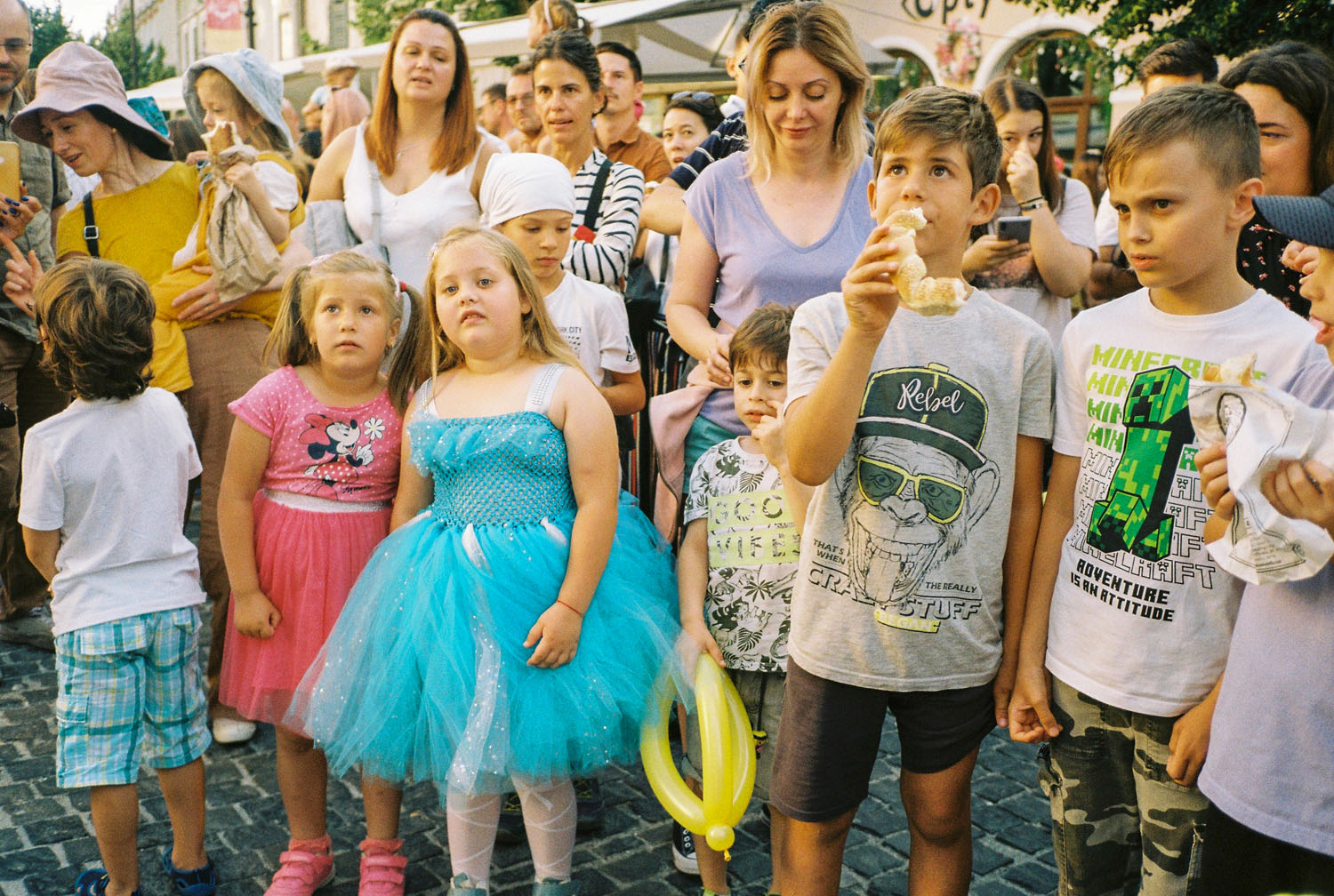The anticipation of the result is on par with the moment itself

Max Shuz is a documentary photographer dedicated to preserving cultural identity through his work, with a particular focus on the traditions and cultural roots of European culture and its people. He works with both digital and film mediums, never leaving the house without his Olympus compact film camera.
Thank you, Max, for taking the time to do this interview. Could you begin by introducing yourself to our readers?
Hello everyone! My name is Max. I’ve been trying to show stories with photographs for more than 5 years.
First of all, I want to thank the Grain team for calling me to tell you something. I hope you find something interesting for yourself!
All I can say about myself is that I usually show, not tell. So if I apologize for anything 😉
I’ll try to convey my vision to you in the words below!
Your work, whether showcased on your website or Instagram, is a unique exploration of the roots of various cultures, portraying people in their most genuine and profound aspects. How did you develop this distinctive interest in documenting the people in the countries you visit?
I like to show the truth, whether it is good or bad. Traditions and cultural roots are among the main aspects of that truth. Let’s use the term “cultural identity.” At present, this identity is disappearing day by day. I’m talking more about European culture. Traditions are vanishing, people are moving to more developed countries or cities, in a sense, putting down their roots somewhere on the other side of the world.
The fact is that the present time and cultural roots are going in different directions. Nowadays, we have the internet – people have tons of information in their pockets. There’s so much information that our thoughts are chaotic every day.
The ethical side of humanity is also developing. For example, there’s a Romanian tradition called the Bear Dance, where people wear bear skins passed down through generations and dance. Nowadays, some have started using fake fur instead of real skins, preserving the tradition in a new style. To be honest, it doesn’t look very good from a traditional perspective, but it is ethical. There are many more examples of how traditions and the present do not go hand in hand.



2. Moldova | Olympus AF-1 . Kodak Ultramax 400



Globalisation has brought many benefits, but it has also led to a certain standardisation of habits, customs, and even diets. For instance, you can find pizza in Portugal and sushi in Romania. Do you agree that to truly find traces of a people’s original culture, you need to explore their deep-rooted traditions, such as ancient festivities and religious celebrations?
Certainly, but very religious holidays are similar to each other in theme. In Portugal, the Virgin Mary is known as Our Lady of Fátima, while in Italy, she is referred to as the Madonna. The story of her appearance is the same, just presented to the people in a slightly altered form. The older the legend, the less truth there is in it.
However, aside from the religious aspects, there are traditional foods, dances, and costumes that are drastically different from each other.
When you document these traditional activities, have you observed active involvement from younger generations, or do you think it’s only a matter of time before some of these traditions disappear?
Depending on where these people are located, much depends on their environment and upbringing. Very often in remote villages, people are content with where they are and what they have —these people preserve traditions. One reason is that this tradition is the most enjoyable and interesting event in the village for the year. Let’s call it the moment of unification of the entire village. Most often, of course, it all ends in a drinking spree. So yes, the younger generation does preserve traditions.



2. Moldova | Fuji XT-3



2. Moldova | Olympus AF-1 . Fomapan 100
We find your approach to these documentary projects fascinating, as many of your photographs show people carrying out their activities without noticing your presence. How do you achieve this level of immersion, where you place yourself in the heart of the action yet manage to remain almost invisible to the people you photograph?
Great question! In fact, it all comes with a lot of practice and depends on the situation and location. In Portugal, people generally do not notice when they’re being photographed, and if they do notice, they usually don’t pay much attention or sometimes even play along. In Moldova, however, aggression is more common when people see you pointing a camera at them. I’ve had some unpleasant experiences related to this.
I was shy for a very long time, but now I go all out and don’t think about the consequences. So, it really depends on chance and the situation.
Regarding the support you use for your documentary projects, we noticed that you work with both film and digital. Could you describe your journey with different camera systems?
This will be a spoiler for the next question.
Film has been and will always be an integral part of my life. I started using it in 2012, when my grandfather gave me his Smena 8M camera. At that time, film was very cheap; I didn’t even understand the difference between ISO and shutter speed—I just clicked away. There were many screw-ups, and they still happen, but there were most of them at the beginning of my journey. A few years later, I tried to replicate the film look on a digital camera using Lightroom. To put it gently, it didn’t work, and I wasted a lot of time trying to achieve it. Now, of course, I have my Fuji, which handles this task 100% when needed.
I always carry my point-and-shoot Olympus AF-10 SUPER in my pocket and never leave home without it. Black-and-white hand-loaded film, and all that remains is to find the moment.




2. Transnistria | Olympus AF-1 . Fuji 200

We noticed you have been using the Fuji X camera system lately, correct? Fuji users frequently claim that this camera system combines the tactile sensation of an analogue camera with the convenience of a digital one. Do you agree that Fuji was one of the brands that best combined the best of both worlds?
Definitely yes! However, it will never replace the magic of film photography. The process of shooting on film is irreplaceable; it disciplines you and makes you think every time you press the shutter. You have no right to make a mistake: either you capture the moment, or you spend a lot of time and effort trying to recreate it.
The anticipation of the result of a photograph is, for me, on par with the moment itself. Long live film!
To conclude this interview, we want to thank you once again for your availability and ask if you will ever consider putting this fantastic work that you have been developing on paper, be it in a book or a collection of zines.
Absolutely yes! I think about this every time I start new projects. However, I was mistaken for a long time, thinking that my material for the book was almost ready and that I would soon publish it. I lived with these thoughts for about 4 years, but every time I started working on the book, looking at all the photographs millions of times, I had doubts that it didn’t fully capture the depth of the theme I wanted to convey. So after these 4 years, I realized that I was a fool and still have a lot to overcome for the book to be to my liking.
Today, I spoke with a wonderful photographer – Pavlos Kozalidis -, who told me that if you have 10 good photographs in a year, then in 7-10 years you will have enough material for a book. For this, I am grateful to him! So my answer is – one day…! Thank you for your questions!







Text and Photos by Max Shuz


